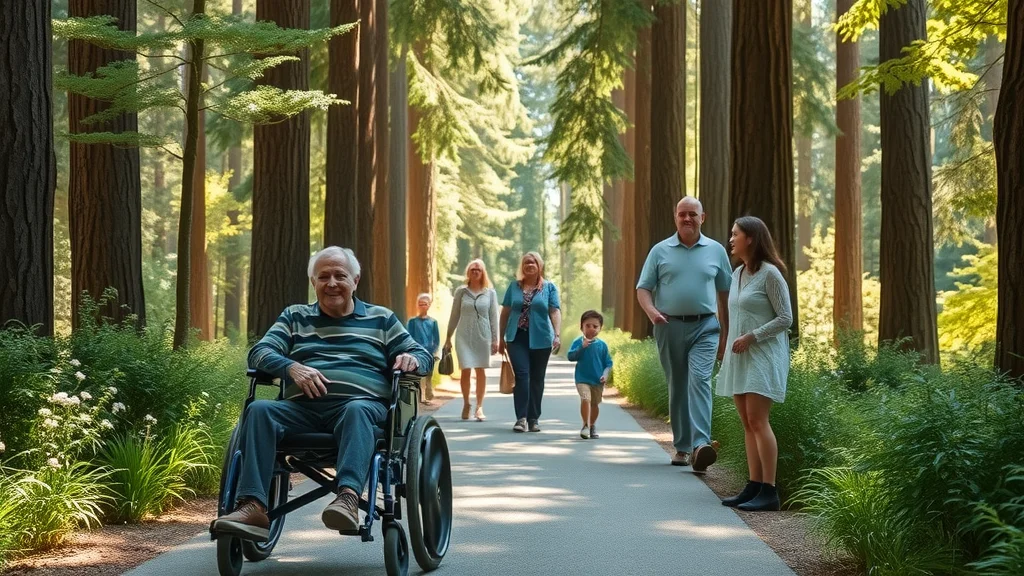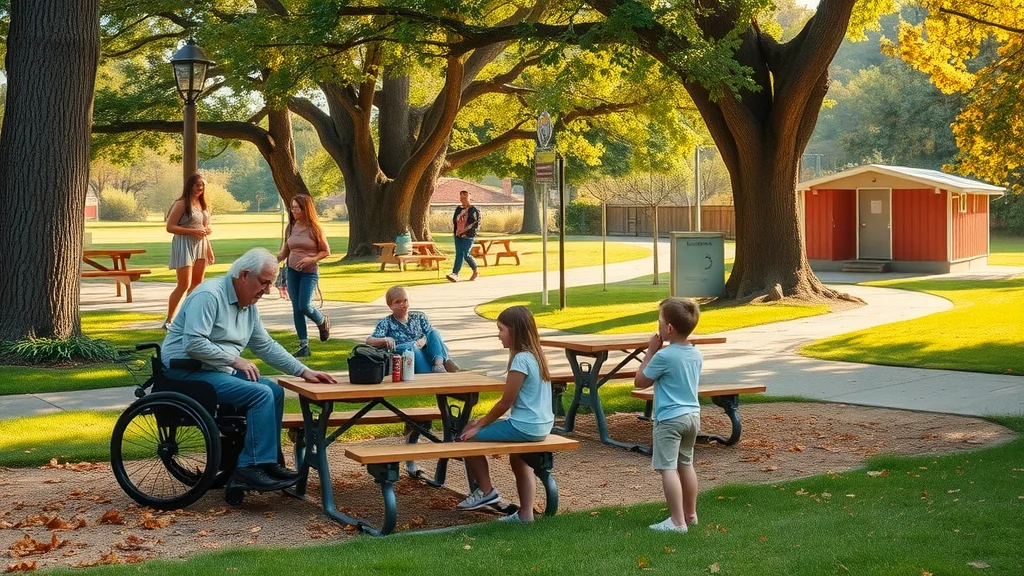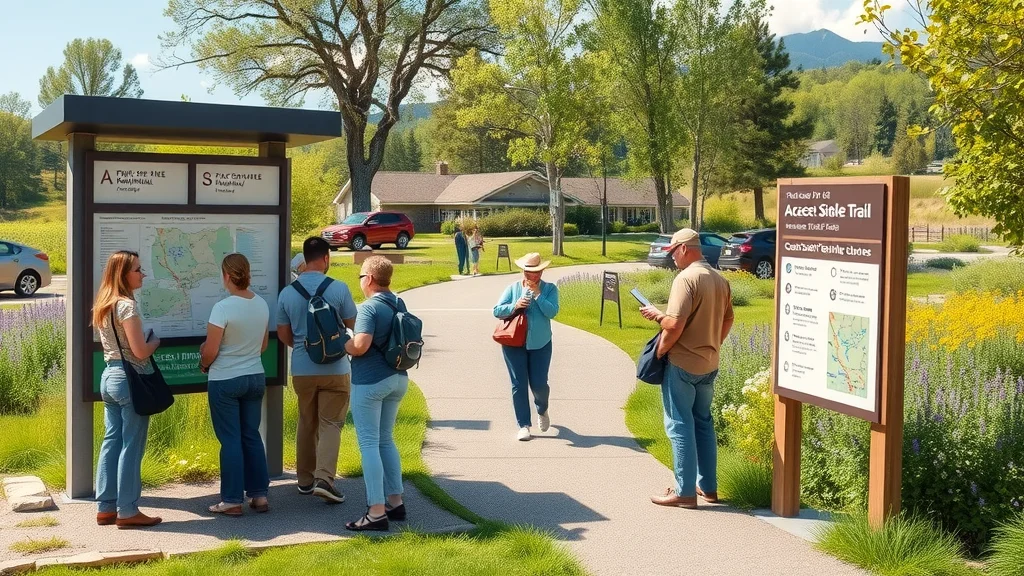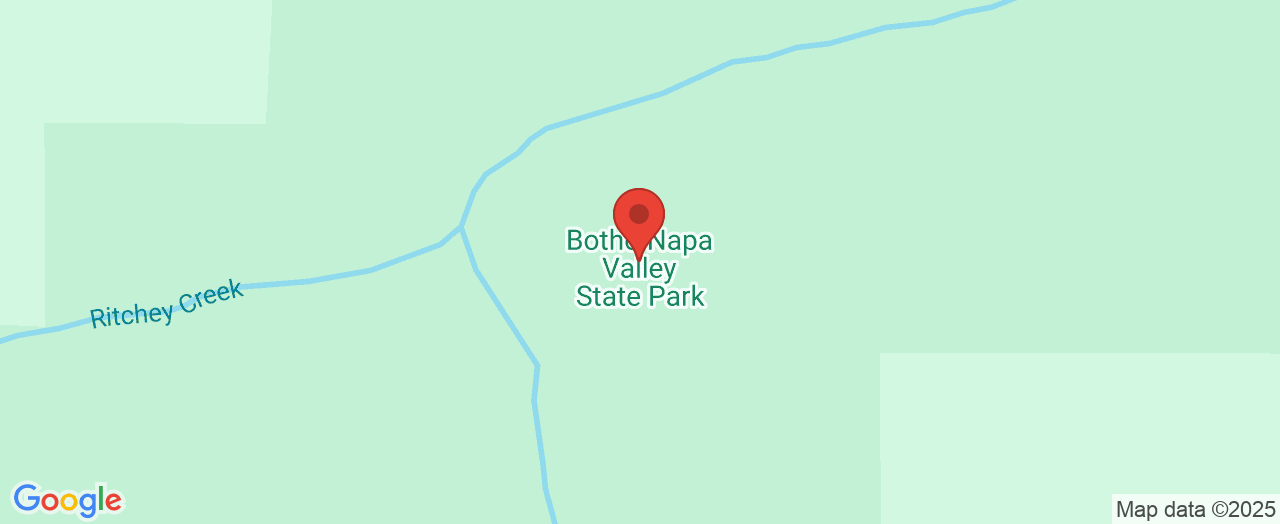How Accessible Nature Trails Are Changing Who Can Enjoy the Outdoors
Standing at the threshold of a forest trail, many people feel a surge of anticipation and freedom. But for millions of Americans living with disabilities or limited mobility, that threshold has often felt insurmountable—a literal barrier to the mental, physical, and spiritual benefits that time in nature brings. Recent years have sparked a transformative movement, reimagining public lands and state parks to include accessible nature trails, bringing the joys of wild places within reach for everyone. It’s no longer just about blazed paths through the woods, but about breaking down barriers and ensuring access for every explorer, regardless of age or physical ability.
The importance of accessible nature trails extends beyond the physical landscape—they’re shaping a new narrative about who belongs outdoors. Whether you’re navigating a wheelchair, pushing a stroller, or needing a gentler grade after injury or with age, the right design can mean the difference between feeling left out and fully participating in the restorative wonder of our natural world. As awareness grows, so does the urgency: how can communities, parks, and planners ensure that these essential spaces live up to their promise of universal access? For anyone hoping to engage more deeply with accessible nature trails, knowing what to expect and why it matters is vital—not just for those with mobility needs, but for families, students, and anyone seeking a more inclusive adventure.

Accessible Nature Trails: The Route to Outdoor Inclusion and Well-Being
At its core, an accessible nature trail is a thoughtfully constructed pathway that offers people with a range of physical abilities safe, direct, and meaningful access to the outdoors. This can mean wider trails, smoother surfaces for wheelchairs or strollers, strategically placed rest stops, minimal slopes, and safety features—like trailhead information in large print or tactile maps. For some visitors, accessible trails are the only link between everyday urban life and the tranquil, restorative landscapes that so many take for granted. These paths are about equity, not just convenience: each trail built with accessibility in mind is an open invitation to those who have long been excluded from typical outdoor adventure.
The value of accessible nature trails reaches far beyond the obvious. People who are unable to traverse rugged or uneven terrain can still witness the calming rustle of redwoods, experience a creek’s gentle flow, or gather with friends in shaded picnic areas. For children, families, and elders alike, visiting an accessible trail becomes more than a hike—it’s an opportunity for connection, learning, and health. Without such trails, many would remain sidelined during school field trips, family camping weekends, or community hikes. This exclusion can come at a personal and societal cost, robbing people of the proven benefits that nature exposure provides: lower stress, increased physical activity, and a deeper sense of belonging.

How Accessible Nature Trails Open Up New Experiences for All Ages
Experienced park planners and community advocates have found that accessible nature trails don’t just help specific groups—they transform the way everyone interacts with outdoor space. By ensuring trails are suitable for a range of abilities, families find new destinations that accommodate young children, elders, and those who simply prefer an easier walk. At Bothe-Napa Valley State Park, for example, carefully maintained accessible trails wind through redwood forests and ripple along creeks, offering much-needed shade and scenery. Picnic areas, restrooms, and parking are all designed to facilitate inclusion without sacrificing the authenticity of a natural escape.
This approach supports programs like school field trips, community hikes, and the beloved Junior Ranger initiatives, making it easier for children and adults alike to engage with nature-based education. From day visitors with limited mobility seeking fresh air and exercise, to seasoned hikers recovering from injury, accessible nature trails provide a welcoming on-ramp to adventure. The seamless integration of accessibility into amenities—from visitor centers to trail maps—helps ensure every guest can enjoy their own pace, discover park history, and join in communal events.
Rethinking Public Spaces: The Role of Trails in Health and Social Connection

The rise of accessible nature trails has redefined what it means for parks to serve their communities. By providing barrier-free paths and multiple points of access, these parks support not just recreation but holistic health. Accessible trails in spaces like Bothe-Napa Valley State Park—integrated with amenities such as public transportation links and information centers—make it possible for visitors to arrive, learn, and relax without concern for logistical obstacles. This thoughtful design creates a social hub where neighbors gather for picnics, youth participate in Junior Ranger programs, and local organizations host educational hikes.
Trails that anticipate and welcome a broad spectrum of users have a ripple effect on local well-being. Individuals with limited mobility or sensory challenges report benefits including lower anxiety, increased activity levels, and a greater willingness to participate in community events. Caregivers and families appreciate the consistency of access—knowing restrooms, parking, and drinkable water are close at hand. For those visiting Napa Valley’s many attractions, the promise of accessible trails offers a respite from busy towns and a peaceful immersion in nature, no matter one’s physical ability.
Accessible Trails and Transportation: Linking Communities with Nature
One often-overlooked element of accessible nature trails is their ability to bridge urban and rural divides. At Bothe-Napa Valley State Park, the integration of the Napa Valley Vine Trail—a paved, dedicated bike and walking path—creates direct links between towns like Calistoga and St. Helena. This not only invites more people to use alternative transportation, but also ensures the park remains open and inviting to those who rely on public transit or rideshares. With the Vine’s Route 10 bus and local shuttles stopping at the park entrance, accessible trails become truly inclusive—serving residents, school groups, and tourists alike with transit-friendly access.

For regional planners and public lands managers, such innovations are a blueprint for improving overall accessibility. Transportation options paired with well-maintained trails and on-site amenities like visitor centers, clean restrooms, and picnic areas eliminate common barriers to entry. This transforms a day in the park from a logistical challenge into a smooth, welcoming experience for people of all backgrounds and abilities.
Connecting History, Education, and Access in Park Design
Accessible nature trails do more than move people through a landscape—they offer portals to the layered history and ecology of a region. In parks like Bothe-Napa Valley State Park, visitors encounter not just scenic beauty but the stories of local Native American heritage, historical milling sites, and unique plant communities. Educational features, including programs at the visitor center, summer camps, and Junior Ranger hikes, are consciously designed to be inclusive. Interpretive displays and organized activities ensure everyone, regardless of mobility or experience, can participate in learning and discovery.
This approach positions accessible trails as engines of lifelong curiosity and stewardship. School field trips scheduled along accessible routes, for instance, expand the circle of students who benefit from hands-on environmental education. Interactive plant gardens, shaded rest stops, and detailed park maps reinforce the message: nature belongs to everyone, and its stories are for all to share.
Bothe-Napa Valley State Park’s Commitment to Inclusive Outdoor Recreation
Bothe-Napa Valley State Park exemplifies a broader philosophy: that outdoor spaces thrive when they’re open to all. The park’s commitment to accessible nature trails is evident in every aspect of its design, from trailheads to picnic grounds, and its comprehensive amenities. Operated by the Napa Open Space District, the park’s mission is to balance preservation with access, ensuring that the serenity of redwoods, creekside paths, and local history is never out of reach. Features like accessible restrooms, ADA-compliant parking, and informative visitor centers underscore their approach to universal inclusion.
The park’s programming reflects a belief in ongoing education and connection. Ranger-led hikes, Junior Ranger days, and partnerships with local schools create continuous opportunities for engagement across generations and communities. By emphasizing accessible trails, Bothe-Napa Valley State Park sets the stage not only for individual adventures, but for a culture where outdoor education and recreation are fundamental rights—never privileges.
Underpinning all these efforts is a spirit of stewardship: accessible nature trails are part of a sustainable vision for public lands, where each improvement reflects both environmental care and social responsibility. This vision ensures the park’s legacy endures, inviting countless visitors to forge their own memories along its inclusive paths.
When Accessible Trails Make a Personal Impact: A Visitor’s Experience
For many, the proof of an accessible nature trail’s value comes from the stories of real visitors who discover newfound freedom in the outdoors. One park guest shared their experience after an unexpected visit:
This campsite is quite the hidden gem! The grounds are pristine, staff was very friendly. Bathroom and showers were very clean. Excellent campsite with paths and hikes right from your spot. There is a large visitors center at the entrance too! This campground offers tent camping, yurts and cabins! Would definitely return and try a stay in a yurt or cabin next time. There is a pool that was very clean and perfect for kids in the summer. The location was the best part, so close to all the vineyards and restaurants along 128. Easy to got to dinner in one of the towns and then back to campground for firepit and smores! We stumbled upon this site and were so glad we did! Will certainly return!
Experiences like these highlight the ripple effect of accessibility—not just for those with specific mobility needs, but for families, first-time campers, and seasoned travelers. The opportunity to stay connected to the region’s attractions, enjoy clean facilities, and access well-maintained trails directly from camp transforms an ordinary visit into an inclusive, memorable adventure. Others are likely to find that accessible nature trails open new chapters in both recreation and relaxation, making outdoor spaces more welcoming than ever.
Accessible Nature Trails: The Future of Outdoor Adventure Starts Here
Accessible nature trails are paving the way for a more inclusive and connected future for everyone who loves the outdoors. By modeling best practices, sharing resources, and continuously refining their trail systems, parks like Bothe-Napa Valley State Park are setting a standard that benefits local residents, families, and travelers from all backgrounds. The presence of accessible nature trails ensures that health, education, and joy in nature are rights everyone can claim, not just a fortunate few.
As communities look to the future of outdoor recreation, the expert commitment at Bothe-Napa Valley State Park demonstrates that inclusion, access, and sustainability go hand in hand. The results are evident not just in upgraded facilities, but in the vibrant experiences shared by visitors year after year—and in the promise that the next adventure can truly welcome everyone.
Contact the Experts at Bothe-Napa Valley State Park
If you’d like to learn more about how accessible nature trails could benefit your outdoor adventures, contact the team at Bothe-Napa Valley State Park.
📍 Address: 3801 St Helena Hwy, Calistoga, CA 94515, USA
📞 Phone: +1 707-942-4575
🌐 Website: https://napaoutdoors.org/parks/bothe-napa-valley-state-park/
Bothe-Napa Valley State Park Location and Visitor Hours
🕒 Hours of Operation:
📅 Monday: 8:00 AM – 8:00 PM
📅 Tuesday: 8:00 AM – 8:00 PM
📅 Wednesday: 8:00 AM – 8:00 PM
📅 Thursday: 8:00 AM – 8:00 PM
📅 Friday: 8:00 AM – 8:00 PM
📅 Saturday: 8:00 AM – 8:00 PM
📅 Sunday: 8:00 AM – 8:00 PM

 Add Row
Add Row  Add
Add 





Write A Comment